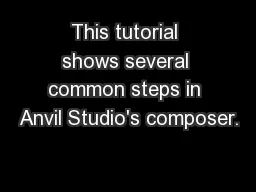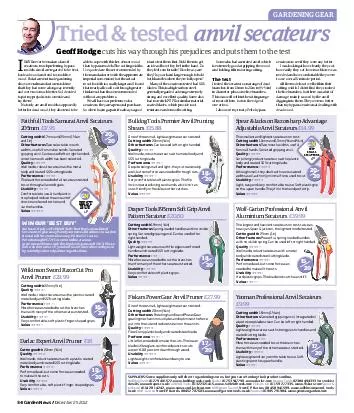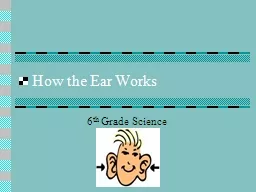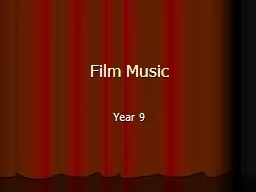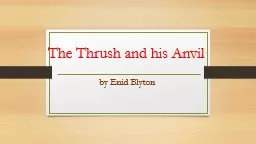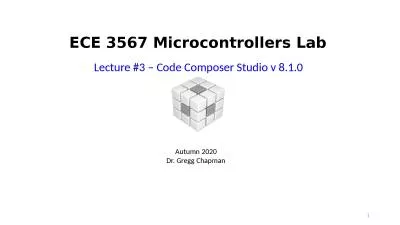PDF-This tutorial shows several common steps in Anvil Studio's composer.
Author : danika-pritchard | Published Date : 2016-05-04
Using A n vil Studio x2019s Composer If you follow them you will end up with the score Y ou can define your own shortcut keys for editing operations you do frequently
Presentation Embed Code
Download Presentation
Download Presentation The PPT/PDF document "This tutorial shows several common steps..." is the property of its rightful owner. Permission is granted to download and print the materials on this website for personal, non-commercial use only, and to display it on your personal computer provided you do not modify the materials and that you retain all copyright notices contained in the materials. By downloading content from our website, you accept the terms of this agreement.
This tutorial shows several common steps in Anvil Studio's composer.: Transcript
Download Rules Of Document
"This tutorial shows several common steps in Anvil Studio's composer."The content belongs to its owner. You may download and print it for personal use, without modification, and keep all copyright notices. By downloading, you agree to these terms.
Related Documents

